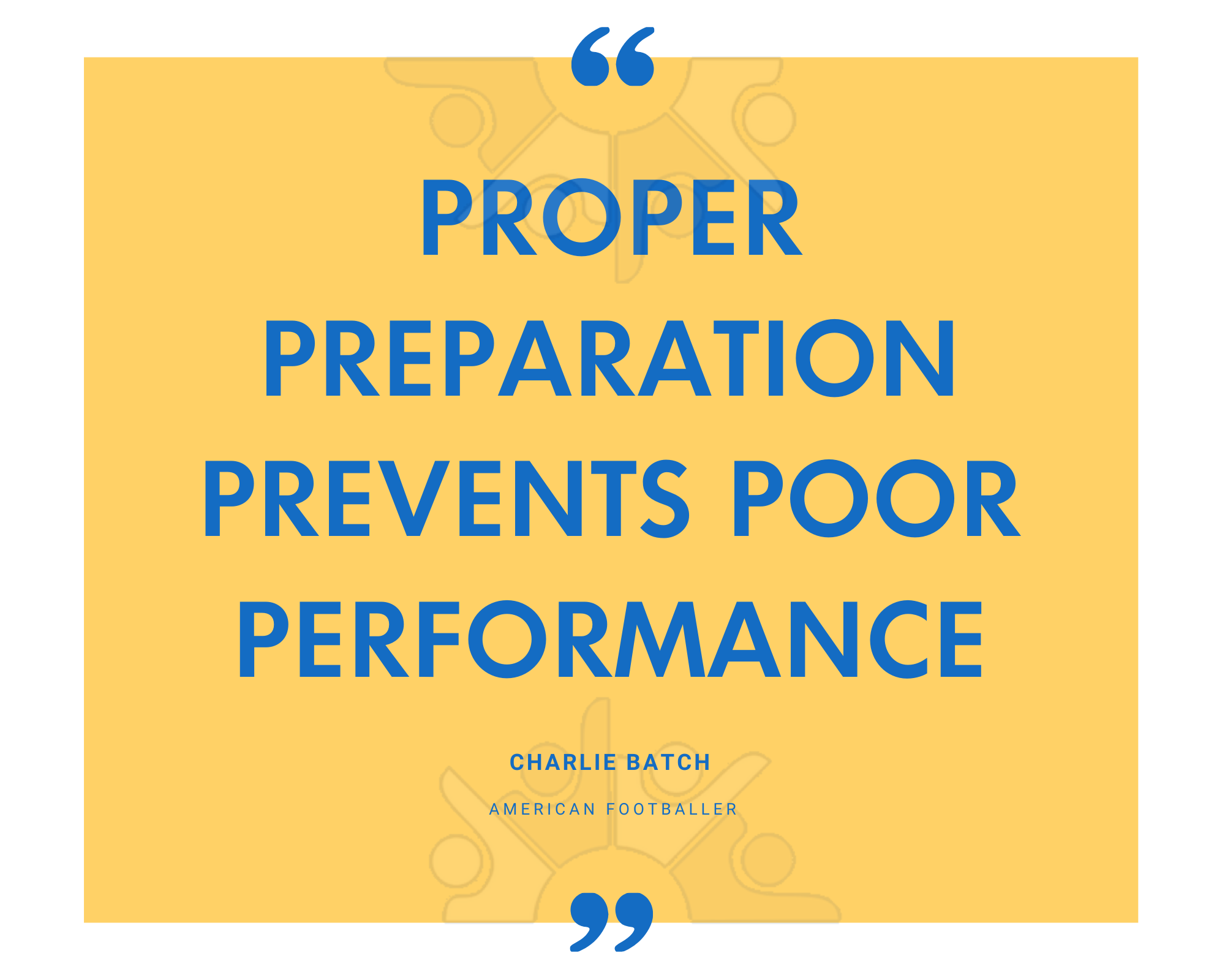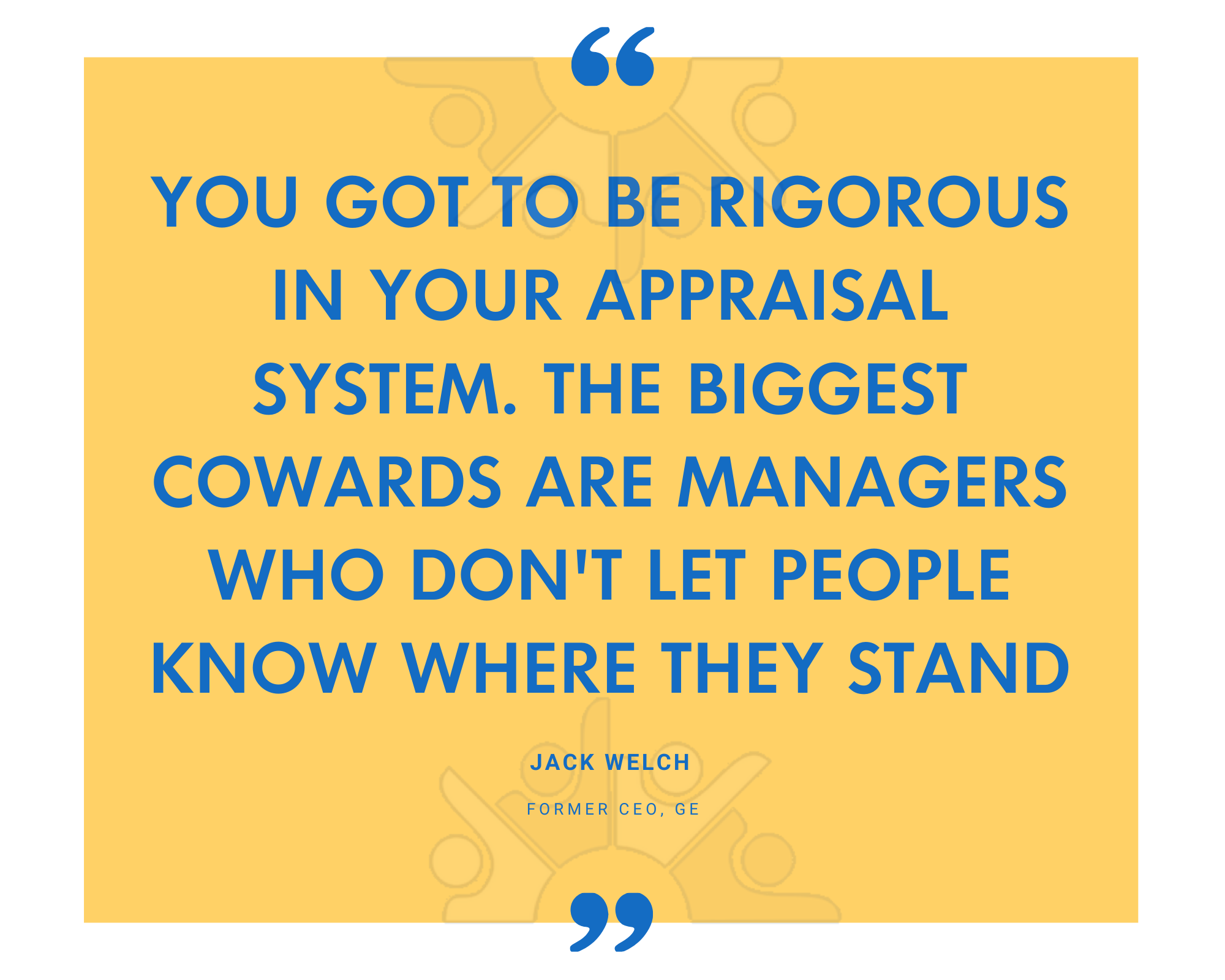The rapid increase in the number of people working from home due to the COVID-19 outbreak has caused managers and HR leaders to conduct a critical review of how they operate. Traditional methods of managing employees and carrying out performance appraisals have been supplanted with online appraisal systems geared towards remote working.
What is a Digital Appraisal System?
Streamlining the way performance evaluations are performed is key when assessing an organization’s workforce. A digital online performance appraisal system is a tool that has taken up the task of digitising the entire performance appraisal and management process. It allows organisations to learn how every employee is doing by setting goals, tracking progress, providing inputs and feedback, and assessing performance and achievements.
However, simply having an online performance appraisal software is not enough. Managers and HRMs need to deploy it well and make the most of it.
Here’s how you can enjoy the full potential of the tools offered by a comprehensive performance management suite to deliver effective performance appraisals.
Before we delve into what you can ensure with an online employee appraisal software, let’s briefly look at StaffCircle.
Why Choose StaffCircle as Your Performance Appraisal System?
We at StaffCircle believe that appraisals do not just mean feedback based on a list of goals. Instead, it needs to account for the skills of an employee, what they have achieved in terms of work-related targets, hurdles they have faced, and whether or not they have upskilled themselves. Also, the way the employee responds to challenges, makes decisions, and acts on feedback should also be taken into consideration.
All of these and more are offered as parameters for the online performance review system by StaffCircle. You have the flexibility to pick and choose what is relevant to your workplace from our comprehensive list and tailor the performance appraisal system to your organisation. Then, as your organisation grows, you can also scale up, add more members and more fields to the online performance appraisal system, keeping it relevant and up-to-date.
What Can You Do With a Performance Appraisal Software?
The headline for an article in Forbes from 2012 exclaimed, “Performance Appraisals Are Dead, Long Live Performance Management”, and while there is certainly a degree of hyperbole to this statement, companies looking to retain – or claim – a competitive edge have long understood the need for a real-time, ongoing performance review system free from the clunky, time-consuming process of annual appraisals.
Let’s hone in on some of the key online appraisal tools and processes managers and HR leaders can use to streamline their workflow and get the best outcomes for their company and employees.
Setting Clear Goals and Expectations
An effective performance review begins long before managers sit down with their employees for appraisals. Clarity of goals and expectations is needed from the outset, whether you’re onboarding a new hire or dealing with established employees at the beginning of a new quarter or project.
Discussing these goals and expectations early on ensures everyone starts off on the same page, giving them a clear framework moving forwards in which both managers and employees can measure their performance. Set short term goals as well as discuss the more ambitious stretch goals, and remember to factor in any personal growth ambition your employees might have so that these can be aligned with company objectives.
With a study from Gallup revealing that only 40% of employees feel a sense of connection to their company’s vision, taking the time to discuss these big goals with employees can help to strengthen alignment. If you understand their career goals you can help broaden their professional experience, benefiting both the employee and your business.

Synchronizing Leaders, Teams and Individuals
One of the biggest drawbacks of traditional, paper-based performance appraisals is the amount of legwork required by managers and HR leaders to collect the data and peer feedback necessary to conduct a thorough review. The advantage of effective online appraisal software is the removal of many of these time-consuming tasks through a centralised, synchronised platform that brings leaders, teams and individuals together.
Real-time multi-channel communications give companies a mechanism whereby their performance appraisal process can be updated on the fly, giving managers daily insights into their employees’ successes and failures and the ability to immediately respond, whether by email, SMS, or via comments and chat features of the performance management software. Desired behaviour can be incentivized and rewarded quickly and visibly, creating pathways to replicate such behaviour at scale.
Applying Consistent Performance Measurement Tools
Once these goals and expectations are clearly established, use your performance management tools to submit and track short and long term objectives and key results (OKRs) and key performance indicators (KPIs) along a clear timeline, set out on a transparent visual dashboard synchronised with teams and individuals.
Tracking OKRs and KPIs on a visual dashboard gives companies an instant overview of progress across multiple devices, giving managers scope for easy to implement consistency in the online appraisals process. Managers can tailor their online appraisal software to flag problems that require immediate attention, chart whether or not employees and teams are on track to meet upcoming deadlines, and offer feedback and training when necessary.
Utilizing Customizable Appraisal Templates
With much of the groundwork laid down by the aforementioned processes, conducting monthly, quarterly and annual appraisals is much easier. With online appraisal software bringing together day-to-day and long term goals with easy to understand data and regular feedback, managers are already in a strong position to carry out face-to-face (or video chat) meetings with employees.
Managers and HR leaders can take advantage of customizable appraisal templates which afford them the flexibility to select and modify the sets of questions most relevant for the appraisal in question. Basic questions concerning what the employee is most proud of over the previous period, where they think they could improve performance and what obstacles impeded their ability to do their jobs can be supplemented by questions tailored towards specific failures and issues flagged in the performance management tools.
Remember to avoid sugar-coating bad news, keeping in mind the goals and objectives that have been established with the employee from the beginning, and any problems associated with these which need to be addressed. Just as positive feedback can improve performance, so can negative feedback deliver good results, provided it is given clearly. Managers can make the most of the analytics gathered over the previous period to clarify any points of contention or areas where improvement is needed with clear data.
Establishing A Path Forward – Coaching And Training
Performance appraisals are most effective when managers are prepared with a clear path forwards for the employee, identifying areas for improvement and offering the appropriate coaching and training. The best corrective feedback is constructive and practical, just as feedback for top-performing employees seeks to maximize their talents moving forwards.
Be prepared with any relevant online training courses and certification programs and any other documentation and tutorials which may benefit them. Pair this information to the real-time, visual data concerning their performance so that they understand clearly how this relates to their goals, and how the coaching will help them to overcome any obstacles holding them back.
Ultimately, coaching and training should be an ongoing process that begins from the moment a new employee is brought on board. If you can provide them with the resources they require as and when they need them, based on the real-time data delivered via your performance management software, don’t wait until the next performance review to give it to them.
Benefits of Having A Digital Appraisal System
By deploying an online performance appraisal system at your workplace, you can enjoy the following:
An Efficient And Accurate Appraisal Process
By digitising the process, the online performance appraisal system ensures that data is available at all times regarding the goals set for an employee, their progress, and associated feedback. Further, by removing the need for multiple spreadsheets, duplicate data is removed, and less time is spent per appraisal. Thus, the entire appraisal process becomes faster, accurate, and efficient.
Streamlining The Appraisal And Feedback Processes
With an online performance appraisal software, the entire performance review process becomes centralised and uniform across the organisation. Every employee placed in a similar role is evaluated based on the same benchmarks. This streamlines the entire process, ensuring that every employee completes their appraisal and gets their feedback on time.
Real-time Feedback and Analytics For Employees
Online employee appraisal software comes equipped with dashboards and feedback forms. Thus, once an employee completes their appraisal, they can seek feedback from their supervisor via the tool. To add, managers as well as employees can track progress and identify any gaps from the dashboard.
Data-driven Decision Making
By taking into account the information from the dashboards, employees can identify gaps between targets and achievements. Further, managers can also learn at a glance which employees are performing better than others, to identify those eligible for promotions and incentives.
Improvements in Employee Engagement and Satisfaction
With online appraisal software, the employees themselves are responsible for entering data regarding their progress against goals and all additional achievements. Further, the availability of performance metrics allows employees to track themselves. This not only makes the system more transparent but also drives employee engagement.
Wrapping Up: How Online Appraisal Systems are a Must-have
Till date, 58% of organisations are still sticking to spreadsheets as their go-to tool for performance appraisals. However, not only does this take a lot of time, but it can also lead to errors. Further, employees get little to no control over how they fare on the appraisals.
To mitigate this and enjoy a streamlined process when it comes to appraisals, having an online performance appraisal software is key. Enjoy the benefits of a centralised, digital appraisal system and harness the true potential of performance management.







